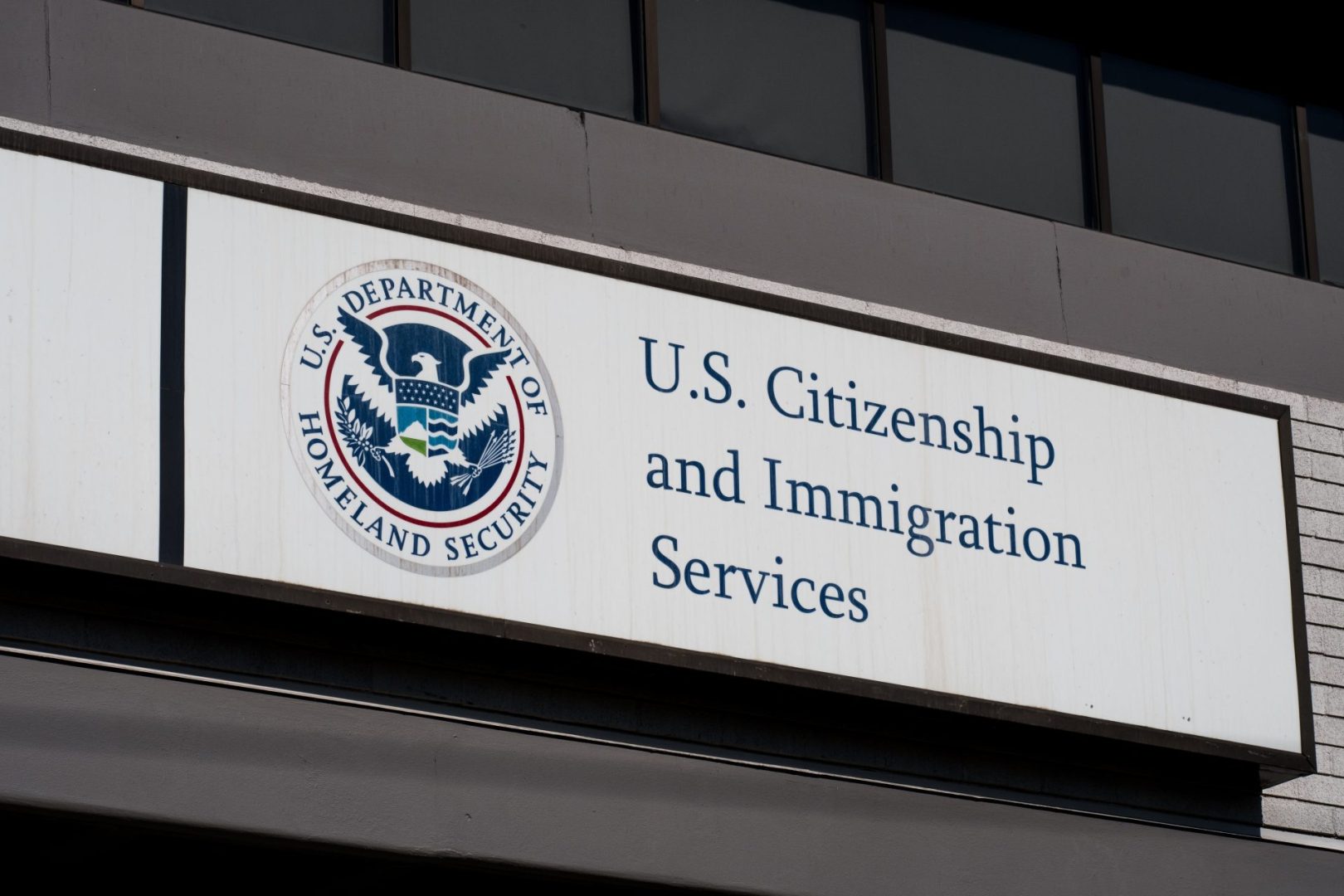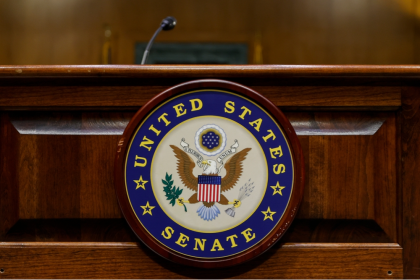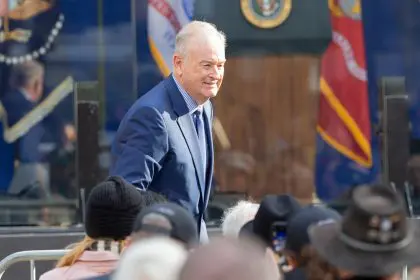The Trump administration has dramatically escalated its immigration enforcement efforts, with President Donald Trump announcing what he described as the largest mass deportation operation in American history. The sweeping directive specifically targets three major metropolitan areas and comes as the nation grapples with intensifying protests against the administration’s hardline immigration policies.
The president’s latest immigration crackdown represents a significant expansion of federal enforcement activities, marking a pivotal moment in his second-term agenda. The announcement has sent shockwaves through immigrant communities nationwide while galvanizing both supporters and critics of the administration’s approach to immigration reform.
Administration mobilizes unprecedented resources for deportation efforts
The comprehensive deportation initiative encompasses multiple federal agencies working in coordination to identify, detain and remove undocumented immigrants from American soil. Trump’s directive calls upon various enforcement arms of the federal government to deploy maximum resources toward achieving what administration officials characterize as the most extensive removal operation ever undertaken.
Federal agencies including Immigration and Customs Enforcement have received explicit instructions to prioritize enforcement activities in urban centers where large immigrant populations reside. The coordinated effort involves not only traditional immigration enforcement but also collaboration with other federal departments to maximize operational effectiveness.
The Drug Enforcement Administration has been enlisted to support the expanded immigration operations, reflecting the administration’s strategy of leveraging multiple federal resources to accomplish its deportation objectives. This multi-agency approach demonstrates the comprehensive nature of the current enforcement campaign.
Los Angeles, Chicago and New York emerge as primary enforcement targets
The three cities identified as focal points for the intensified deportation efforts represent some of America’s largest metropolitan areas with substantial immigrant populations. Los Angeles, with its diverse communities and significant undocumented population, stands as the primary target on the West Coast for federal enforcement activities.
Chicago, serving as a major hub in the Midwest, has been designated as another priority location for the expanded deportation operations. The city’s status as a sanctuary jurisdiction has created additional tension between federal authorities and local officials who have pledged to protect immigrant residents.
New York, America’s most populous city, rounds out the trio of primary targets for the administration’s deportation expansion. The metropolitan area’s complex network of immigrant communities across multiple boroughs presents unique challenges for federal enforcement personnel.
These urban centers have historically served as destinations for immigrants seeking economic opportunities and family reunification. The targeting of these specific locations reflects a strategic approach to maximizing the impact of federal enforcement resources while addressing areas with concentrated undocumented populations.
Nationwide protests intensify as military deployment sparks controversy
The administration’s immigration policies have triggered widespread demonstrations across the country, with the “No Kings” movement emerging as a prominent voice of resistance. These protests have spread from coast to coast, encompassing cities beyond the three primary enforcement targets.
Demonstrators have organized large-scale gatherings to express opposition to what they characterize as excessive and inhumane enforcement tactics. The protest movement has gained momentum as federal raids have increased in frequency and scope, affecting communities nationwide.
The decision to deploy military personnel to address civilian protests has generated significant controversy and legal challenges. Critics argue that using military force against American citizens exercising their constitutional rights represents an unprecedented overreach of federal authority.
Legal experts have raised concerns about the constitutionality of military deployment in domestic law enforcement situations. The debate has intensified discussions about the appropriate balance between federal enforcement priorities and civil liberties protections.
Tragedy strikes as protest violence escalates tensions
The ongoing demonstrations took a tragic turn when violence erupted during a protest march in Salt Lake City, Utah, resulting in one fatality. The incident has highlighted the increasingly volatile atmosphere surrounding immigration enforcement debates.
The shooting incident occurred during what organizers described as a peaceful demonstration against federal immigration policies. Local authorities continue investigating the circumstances surrounding the violence, while protest organizers have called for continued peaceful resistance.
The tragedy has amplified concerns about the potential for further violence as tensions between federal enforcement efforts and community resistance continue to escalate. Both sides have called for calm while maintaining their respective positions on immigration policy.
Sanctuary cities face increased federal pressure
Jurisdictions that have adopted sanctuary policies limiting cooperation with federal immigration authorities have found themselves in the crosshairs of the expanded enforcement campaign. These cities and counties have maintained their commitment to protecting undocumented residents despite federal pressure.
Local officials in sanctuary jurisdictions have defended their legal authority to establish policies that they believe best serve their communities. The tension between federal enforcement priorities and local governance has created a complex legal and political landscape.
The administration’s focus on sanctuary cities represents an attempt to pressure local jurisdictions into compliance with federal immigration enforcement efforts. This strategy has met with resistance from local officials who argue they have constitutional authority to determine their own law enforcement priorities.
Campaign promises drive policy implementation
The current deportation expansion fulfills key campaign commitments made during the 2024 presidential election cycle. Trump’s promise to conduct the largest deportation program of criminals in American history has become a central element of his second-term agenda.
Opinion polling during the election campaign suggested significant public support for enhanced immigration enforcement measures. However, the reality of expanded deportation operations has generated more complex public reactions as communities witness the direct impact of these policies.
The implementation of campaign promises has required extensive coordination between federal agencies and significant resource allocation. The administration has characterized this effort as essential to maintaining national security and upholding immigration law.
Federal agencies receive mixed operational directives
While directing an overall expansion of deportation efforts, the administration has simultaneously issued guidance pausing certain types of enforcement activities. Recent directives have instructed immigration officials to temporarily reduce raids on agricultural operations, hospitality establishments, restaurants and meatpacking facilities.
This selective approach to enforcement reflects recognition of potential economic disruptions that could result from widespread workplace raids. The pause on certain operations suggests the administration is attempting to balance enforcement objectives with economic considerations.
The mixed messaging has created confusion among enforcement personnel and immigrant communities alike. Some observers interpret the selective approach as evidence of the practical challenges involved in implementing large-scale deportation operations.
The evolving nature of enforcement directives demonstrates the complexity of managing a comprehensive immigration enforcement campaign while addressing multiple competing priorities and concerns.


















